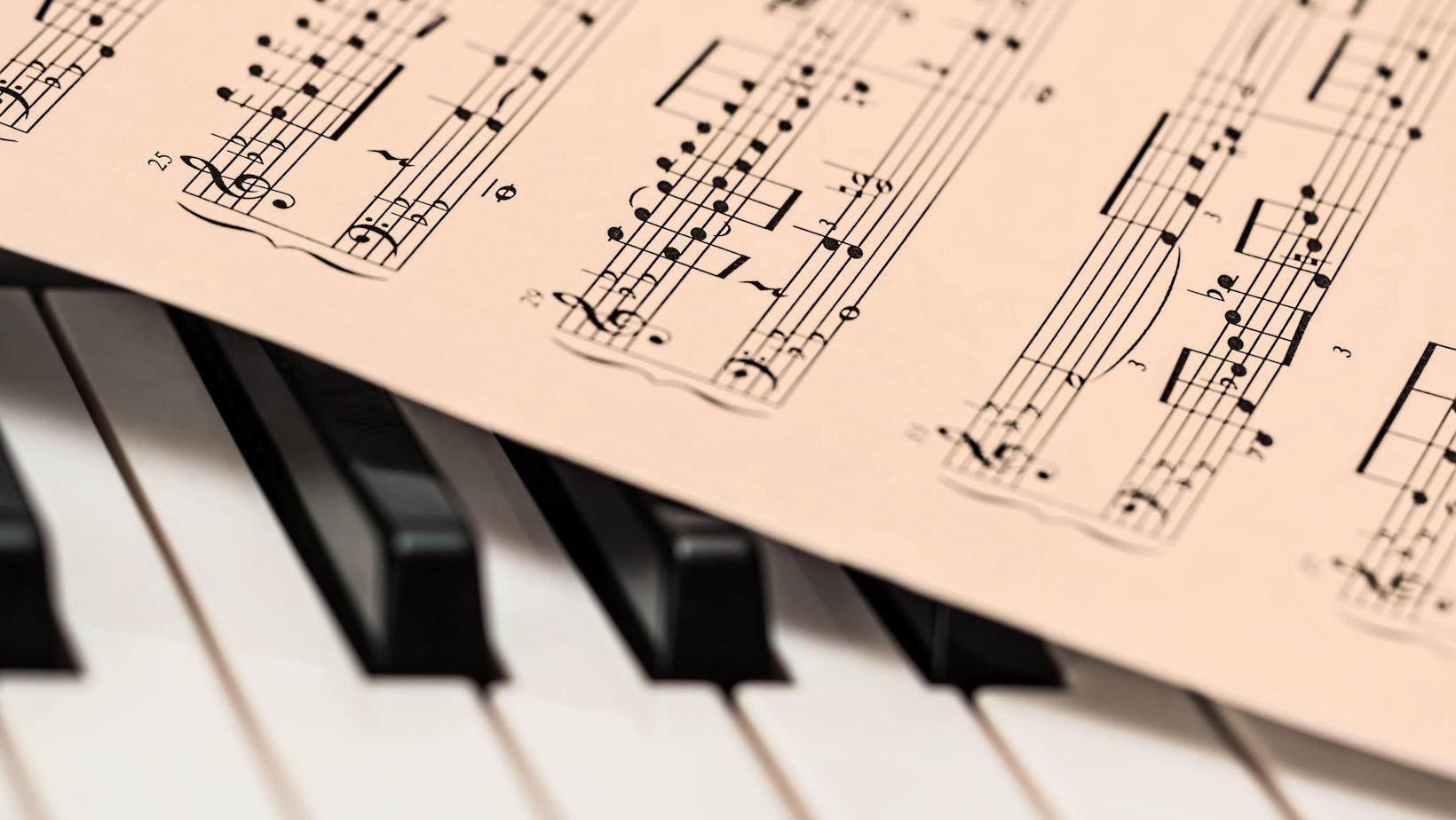What Happens if You Change the Type of Music Note in a Song
I’ve always been intrigued by the incredible power of music. It’s a universal language that has the ability to evoke profound emotions and transport us to different worlds. But have you ever wondered what would happen if you changed the type of music note in a song?
In my experience, altering a single note can have a significant impact on the overall mood and feel of a track. This is because each note carries its own unique vibration and energy, which contributes to the melody’s overall rhythm, harmony, and tune. By modifying one note, we’re essentially shifting this balance – sometimes subtly, other times dramatically.
But let me tell you something interesting – it’s been 6 months since I tried experimenting with changing notes in some of my favorite songs. And I still find myself missing those original versions! The nostalgia they bring…it just proves how powerful music truly is.
Understanding Music Notes and Their Impact on a Song
Diving headfirst into the world of music, you’ll quickly realize it’s much like learning a new language. Music notes are the alphabet of this language, forming the words and sentences that make up every song we hear. They’re more than just symbols on a sheet; they dictate pitch, rhythm, and tempo – changing even one can dramatically alter how a song sounds.
Imagine it’s been 6 months since you’ve heard your favorite song – let’s say it’s an upbeat pop tune that never fails to put you in high spirits. Then picture hearing it again but with changed musical notes; maybe it suddenly feels slower or the melody seems off-kilter. That’s what happens when we tweak music notes in a song. It’s akin to replacing some ingredients in your favorite recipe – sure, it might still be edible (or listenable), but something about it doesn’t quite taste (or sound) right.
It’s important to remember that each type of note has its unique duration or value. Whole notes last longer than half notes, which outlast quarter notes — all these durations play crucial roles in shaping a song’s rhythm and mood. Changing from one note type to another could mean altering the pace at which the song is played or even shifting its entire rhythmic structure.
And then there are accidentals — sharps (#) and flats (b). These little symbols can raise or lower a note by half step, subtly shifting its pitch without changing its rhythmic value. Here too, even slight modifications can have significant effects on how our ears perceive the melody.
Perhaps you’ve experienced this firsthand while playing around with GarageBand or another digital audio workstation (DAW). Switching from C Major scale to C minor by merely flattening certain notes brings about an entirely different emotion for listeners – turning happy tunes into sad ones!
Changing music notes in a song is like changing dialogues in a movie. While you might still recognize the main plot (or melody), the nuances that made it truly special could become lost, leading to an entirely different experience for listeners. So next time you listen to your favorite song, spare a thought for those humble music notes – they’re the secret ingredients making your jam sound just right!

What is a Music Note Change?
If you’ve ever tinkered with a musical instrument or found yourself humming along to a catchy tune, you’ve probably experienced the power of music notes. But what happens when those notes change? Well, that’s where things start to get interesting.
Music note changes, also known as transposition or modulation, refer to altering the pitch of individual notes or entire sections of a song. It’s like changing gears in a car; it propels the melody forward but in a different direction – sometimes subtly, other times dramatically.
For instance, let’s say we have an original key of C major and decide to transpose it up by two steps to D major. Essentially, each note gets shifted two steps higher on the scale. If we take the first line of “Twinkle Twinkle Little Star” (C-C-G-G-A-A-G), after transposing it would become (D-D-A-A-B-B-A). The song remains recognizable but its mood can shift entirely due to this simple modification. Another thing that can change an entire song is when you remix lyrics!
A music note change isn’t just about shifting keys though. It can involve changing individual notes within a chord structure or melodic line – perhaps from an F# to an E in guitar riffs or swapping semiquavers for quavers in piano pieces.
Why make these changes? There are several reasons:
- To create variety and keep listeners engaged
- To match vocal range more comfortably
- To modulate moods and emotional responses
It might seem complicated at first glance, but I assure you that with some practice and patience, understanding and implementing music note changes can open up new avenues for your musical creativity.
Jessica has a flair for writing engaging blogs and articles. She enjoys reading and learning new things which enables her to write different topics and fields with ease. She also strives to break down complex concepts and make them easy for anybody to comprehend.





